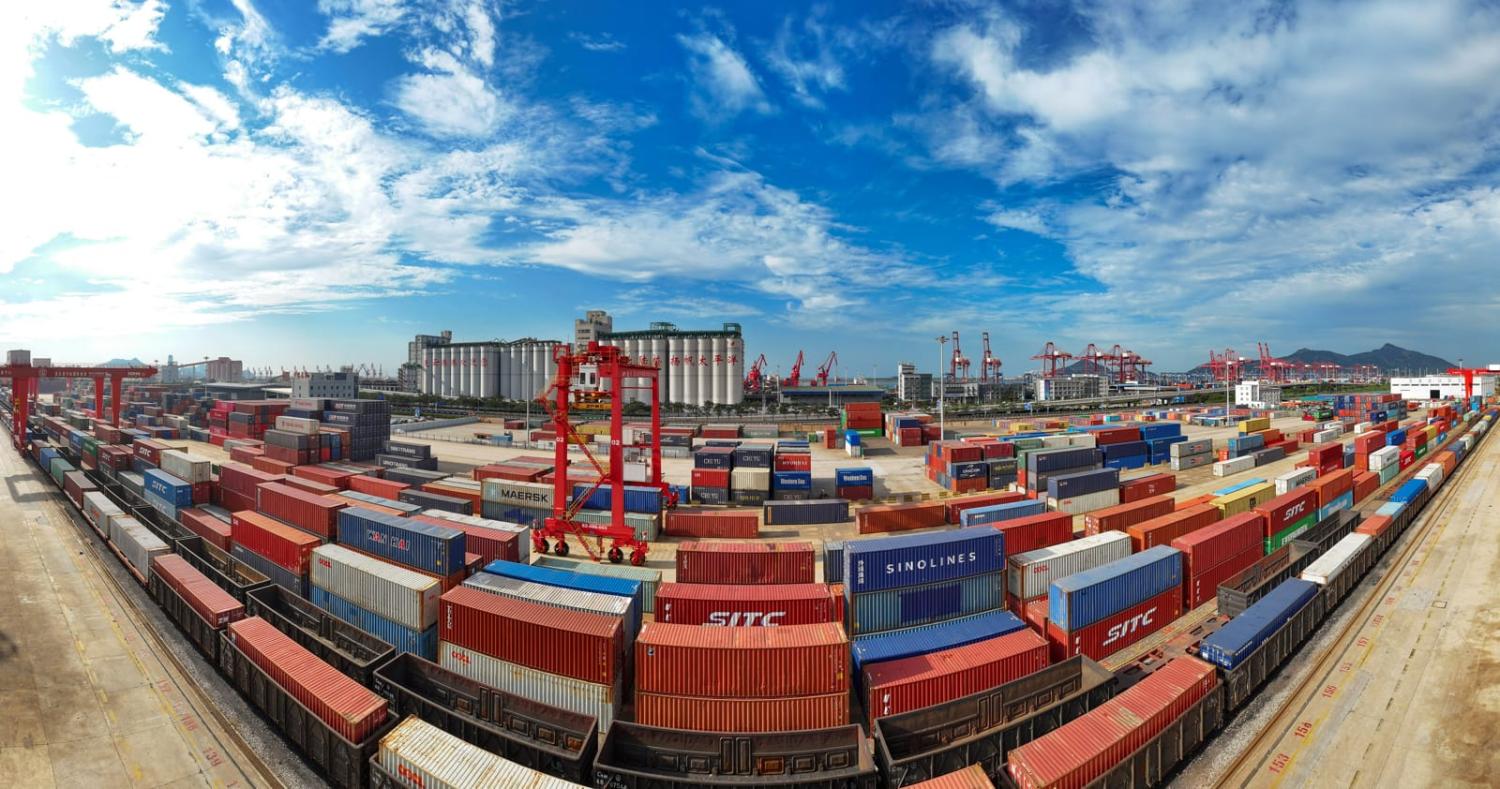China hoped its economy would rebound quickly after the lifting of its draconian zero-Covid policies late last year. But ten months on, China’s economic recovery is sputtering. Growth has slumped, crucial parts of the economy are in bad shape, youth unemployment is rising, and consumer and producer prices have been falling.
Lowy Institute research published last year in March already argued that China was likely headed for a sharp growth slowdown as a result of accelerating demographic decline, the limits of its over-investment model, and slowing productivity growth. Those issues relate to the supply side of China’s economy. China’s problems today however primarily reflect weak demand and the financial risks emanating from its ongoing real estate bust.
While China’s economy was previously expected to see a sharp and sustained growth slowdown by later this decade, its current economic turmoil may end up bringing this much closer.
China’s multiple economic challenges are deeply intertwined. Concerns about financial risks led China’s policymakers to trigger what has become a spiralling property market crisis, creating a large demand hole while simultaneously nullifying a key tool Beijing had previously used to stimulate itself back to growth. At the same time, China’s weak immediate and longer-term growth outlook has made high debt more difficult to manage and the country’s demand problems more entrenched as households and businesses lack confidence to spend and invest. Moreover, the longer China’s economy remains demand depressed, the more damage this will do to China’s future growth prospects, especially as skilled young people remain out of work in their crucial early years.
China’s troubles may well get worse before they get better. Growth in consumer spending is weak while China’s exports – which boomed during the pandemic – are now slowing considerably. China is also struggling to put a floor under its flailing housing market. Troubled property developer China Evergrande has filed for bankruptcy in the United States. Country Garden – a much larger developer and one until recently considered “healthy” by the government – now sits on the cusp of default. Construction activity is currently being held up by policy-supported efforts to complete existing housing projects. New housing starts by contrast are weak, suggesting a much larger contraction lies ahead unless the sector is stabilised soon.
China’s policymakers have been reluctant to return to their traditional stimulus tools of debt-fuelled property and infrastructure investment. Many argue that China’s central government should instead deliver large-scale consumption stimulus – essentially financing cash transfers to households and complementing this with other social spending measures aimed at boosting household spending and kickstarting the transition to a more consumption-driven economy.
Boosting consumption is the right strategy. But its ability to pull China out of its current doldrums has limits.
China’s households would likely pocket a good chunk of any stimulus cheques they receive. China’s household savings rate is much higher than in other countries, reflecting demographic factors (fewer children) and high precautionary savings given weak social safety nets (pensions, healthcare, unemployment insurance). Even substantial reforms to strengthen social safety nets would take time to change this behaviour.
The motive to save could also prove especially strong now. Economic uncertainty is high in ways that cannot easily be cured with stimulus. Most household wealth is held in the troubled real estate sector and China’s longer-term growth prospects are increasingly in doubt as its sources of growth fade and the country is subject to broadening economic restrictions from the United States.
President Xi Jinping’s authoritarianism – epitomised by the draconian zero-Covid restrictions, crack downs on leading private firms, and increasingly statist economic policy – may also have caused China’s consumers and private firms to become especially cautious, as argued by American economist Adam Posen, who has dubbed this “economic long-Covid”.
Even if China does eventually manage a shift towards consumption-led growth, this is itself a recipe for slower growth. Household consumption tends to be spent on domestic services, where productivity is lower and grows more slowly compared to industrial activities. Shifting towards consumption, then, may be necessary but will itself require accepting slower growth.
In any case, China’s communist leaders have been reluctant to go down a path they paradoxically seem to see as “welfarism” and associate with American materialism. Instead, they appear willing to let the economy run “cold”.
That will carry its own implications. Economic recovery will be slower, weak expectations more entrenched, high debt levels harder to service, the adjustment to new sources of growth more tepid, and longer-term economic potential ultimately lower.
It will also probably see China continue to rely disproportionately on running a large trade surplus with the rest of the world. Right now, the world economy is suffering from high inflation and too much demand. That China is not adding to this, and instead exporting deflation, is presently welcome news.
The longer this persists, however, the less welcome it will be. Rich nations want to re-shore supply chains and reduce their dependence on China. Developing nations want China to vacate more space to them in global manufacturing. A never-ending flood of ultra-competitive Chinese exports, while offering little demand to the rest of the world in return, is not something other countries want.


